We use cookies to make your experience better. To comply with the new e-Privacy directive, we need to ask for your consent to set the cookies. Learn more.
Eurorack Logic Modules Explained
Logic modules in a Eurorack module are used to process and manipulate digital signals, allowing for a wide range of musical applications. They can be used for simple tasks such as signal routing and switching or more complex tasks such as pattern generation and sequencing.
Several logic modules are available in the Eurorack format, each with its unique features and capabilities. Some common types include:
* Boolean logic modules: These modules allow for the manipulation of digital signals using Boolean logic operations, such as AND, OR, and NOT. They can create complex signal routing and switching systems or generate rhythmic patterns and sequences.
* Sequencers: These modules generate sequences of digital signals, which can be used to control other modules or devices in the Eurorack system. They can be used to create simple melodies and arpeggios or to generate complex rhythms and patterns.
* Random generators: These modules generate random digital signals, which can be used to add a sense of unpredictability and chaos to a Eurorack system. They can be used to create random melodies and rhythms or to add random elements to a sequence or pattern.
* Clock dividers and multipliers: These modules divide or multiply incoming clock signals, creating complex rhythmic patterns and sequences.
To creatively exploit logic modules, users can experiment with different combinations of modules, patch cables, and external signals to create unique and unpredictable results. They can also use logic modules in conjunction with other modules such as filters and oscillators to create complex and dynamic soundscapes. Additionally, users can use logic modules to control and manipulate other devices, such as drum machines, synthesizers, and samplers.
